How to Choose the Right Interior Designer for You
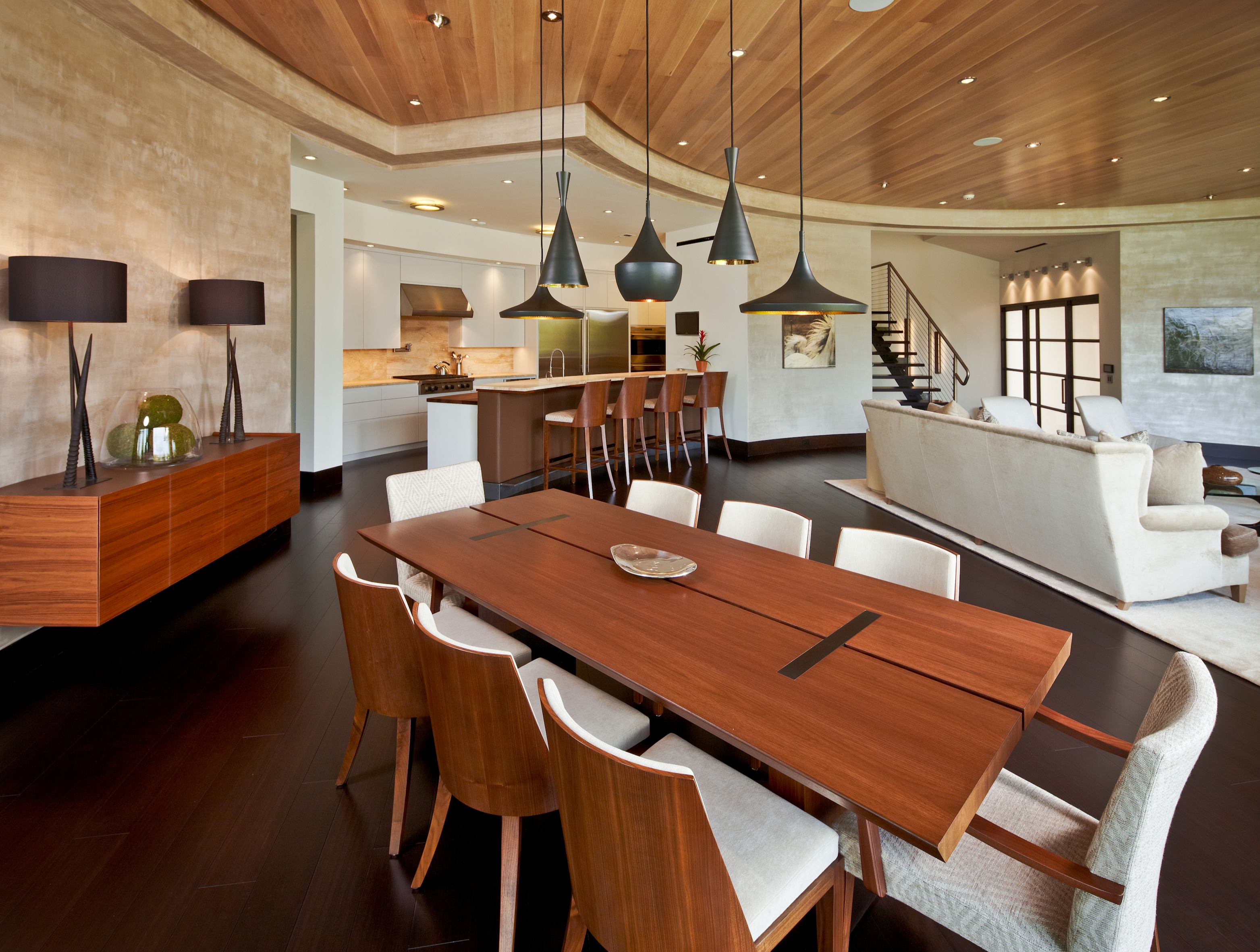
An interior designer can help you redesign any space in your home, assist with renovations, or partner with your builder and architect to create a custom home that fits your lifestyle and design aesthetic. From expert advice to implementation, an interior designer provides a range of services.
You can find an interior designer to achieve any style and meet any budget; most are capable of working with a wide range of design trends and styles. In this post, we offer some methods of finding the right one for you.
Are you ready to build the home of your dreams? Contact us today. »
The Difference between Interior Designers and Interior Decorators
The difference between an interior designer and an interior decorator at its core has to do with scope of work and specialization.
- Interior decorators provide aesthetic assistance for completely constructed spaces. If you have no structural work to be done, a decorator can help you decide on a style, make selections like wallpaper, paint, and furnishings, choose lighting fixtures and accessories, or select window treatments.
- Interior designers can provide decorating assistance AND structural design expertise. In addition to the capabilities listed above, interior designers also specialize in providing design guidance during your home’s architectural design phase, during construction, and beyond. They are often well-versed in working directly with you, your builder and your architect to make design selections that ensure your desired aesthetic is carried throughout the home.
Interior designers apply creative and technical solutions to create functional, attractive spaces that fit your style and benefit your quality of life. When developing a design plan, interior designers oftentimes include compliance with local codes and regulatory requirements while incorporating environmental sustainability. Their designs coordinate with the bones and shell of your new home or the existing shell of a home under renovation.
The differences between interior designers and decorators extend to their schooling and credentialing as well.
- Interior designers study color and fabric, computer-aided design, drawing, space planning, architecture, and furniture design. Some states require them to pass an exam and register with a governing council in order to practice as an interior designer. They may have a degree in interior design and often train with an experienced designer before starting their own business. Oftentimes they are credentialed by the American Society of Interior Designers (ASID) or have passed a professional certification exam from the National Council for Interior Design Qualifications (NCIDQ).
- Interior decorators are not required to have a degree, certification, or formal training, primarily because they do not have a role in structural planning. They focus solely on the look of a space. Interior decorators may have taken courses concentrating on colors, fabrics, and more, but not to the extent of a designer. Certifications include Certified Interior Decorators International.
Simply put, interior designers often decorate, but interior decorators don’t play a role in making structural design selections.
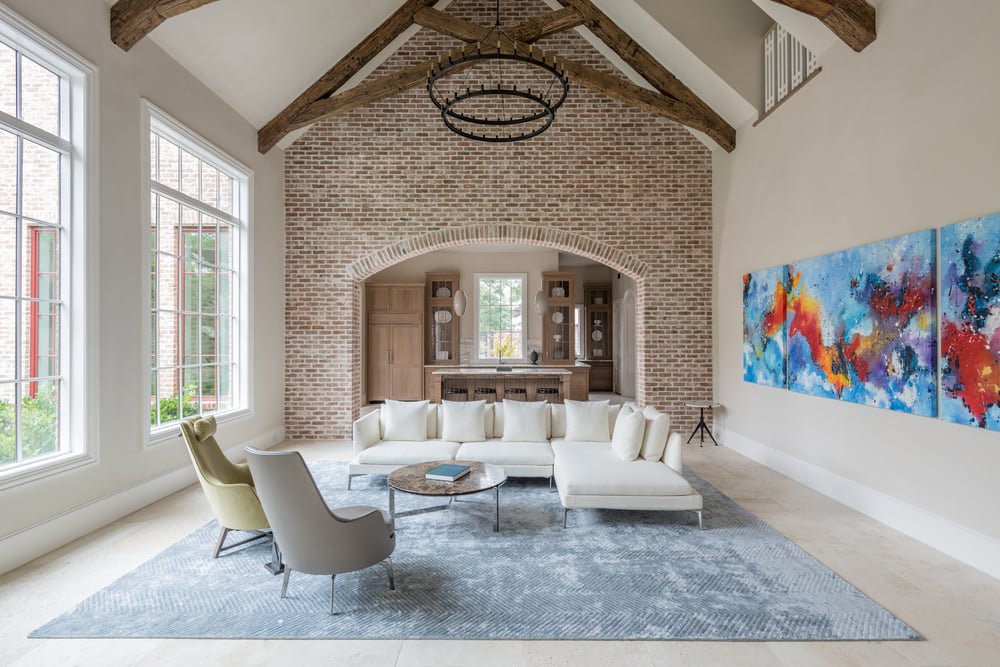
When and Why You Should Hire an Interior Designer
An interior designer is crucial for large custom homebuilding or renovation projects. There are hundreds of decisions to be made, which can be very stressful without someone who really understands your vision to provide design guidance AND tackle the process in a systematic and organized way.
The best time to add an interior designer to your builder/architect team is during the architectural design phase. Before your plans and specifications are complete, be sure to have them reviewed by your builder and your interior designer. Ideally, you’ll bring your builder and interior designer to one or more of your design meetings with the architect. The collaboration that ensues is guaranteed to create the best version of your future home. Your builder will be able to guide the home’s design in terms of functionality, budget considerations, and constructability. Your interior designer will incorporate elements, big and small, that will improve the livability and aesthetic of your home’s design. Bringing all members of your dream team together will also give you a window into how each person communicates and collaborates with each other. This is truly valuable information for the journey ahead.
You can find an interior designer for any size budget or project. Interior designers have a variety of fee and payment structures, so you can work out what you are most comfortable with for your project. Even if your budget is tight, you can still obtain a few hours of consultation or assistance sourcing materials or accents for a reasonable price.
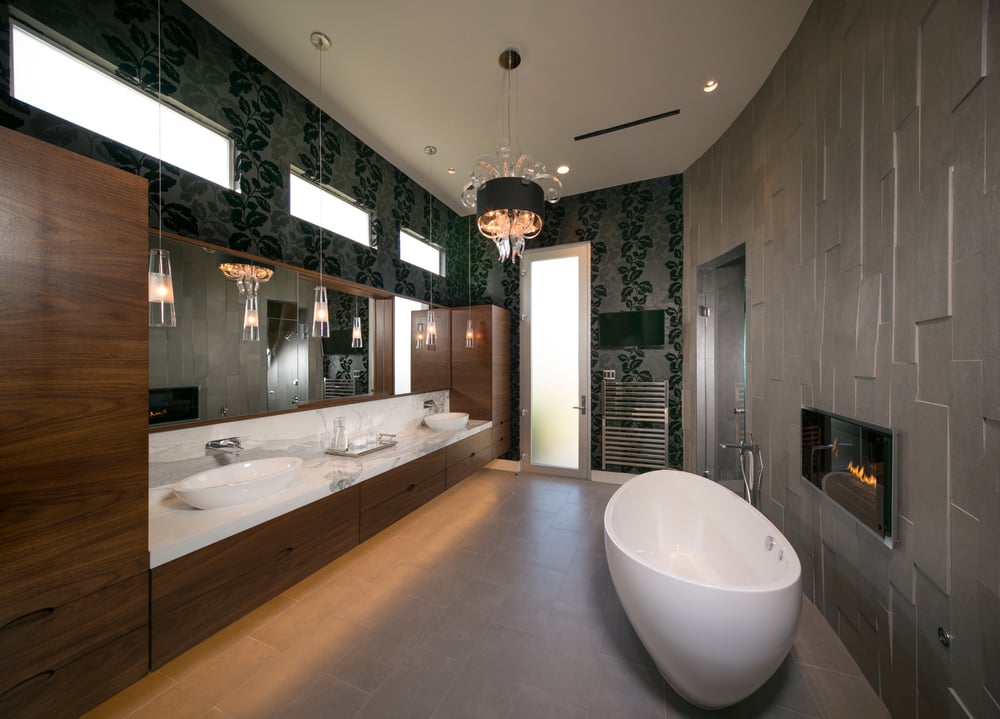
Selecting an Interior Designer for Your Project
Your first step in selecting an interior designer is identifying your style and inspiration. You’ll need to know what you want, what your budget is, and the amount of time you are willing to set aside for your project. If you have no firm idea of the type of design you like, seek inspiration for function and style that speak to you and your family.
- Consult magazines such as Southern Living or Metropolitan Home, or websites such as Houzz, Pinterest or ElleDecor. Look through the designs and when you find one that sparks your interest, save the photo then jot down the name of the credited interior designer.
- Visit model homes or designer home shows in your area. If you like what you see, ask for the name of the interior designer.
- Peruse the portfolios of your builder and architect and ask them for interior designer referrals.
- If a friend or a family member has a home with a great look you love, ask for the name of the interior designer responsible for putting it together.
- Find interior designers through professional organizations like the American Society of Interior Designs (ASID).
Before meeting with your interior design candidates, you’ll want to have a firm grasp on your personal style or the colors and designs that attract you. The best way to convey this is with the inspiration photos you’ve collected. With your list of interior designer candidates, evaluate each of their portfolios online to see their range of work and make sure their design aesthetic aligns with the themes from your inspiration photos. You may also want to check their website for credentials and certifications.
Once you’ve narrowed down your list to 2-3 finalists, schedule face-to-face meetings with each. During this meeting you’ll want to confirm you love their aesthetic and also get a feel for how they approach their projects, seek to understand your vision, stay organized, and how familiar and connected they are with the many vendors in your area.
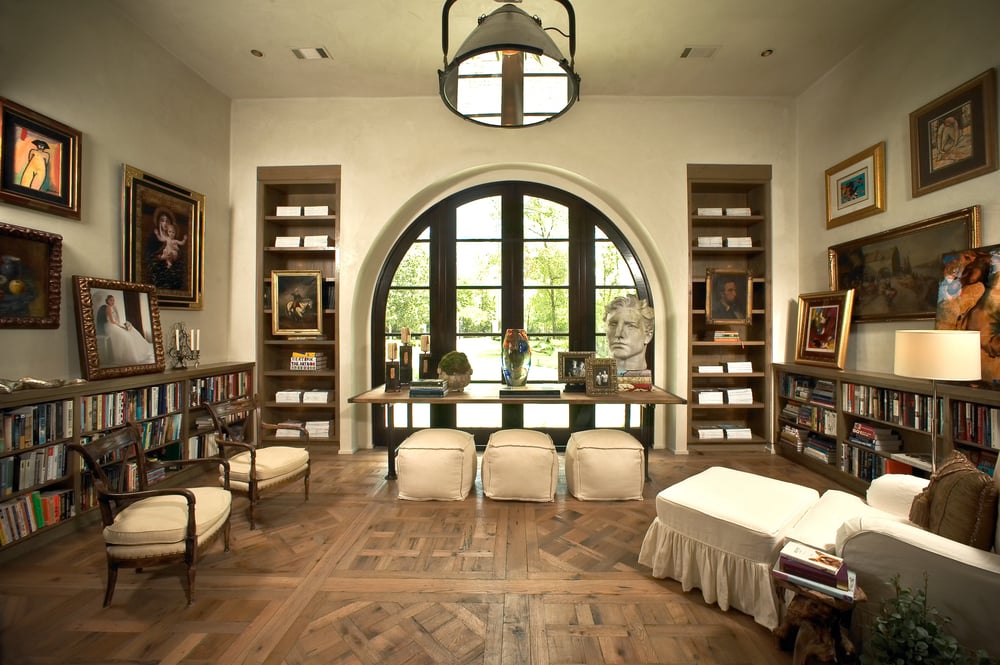
Working with Your Interior Designer
First and foremost, be upfront with your budget. Some designers will not take on small projects or budgets. It’s always best the designer knows how much you can spend before beginning a design plan. Ask your design firm about its fee structure. It may charge a flat rate for the entire project, an hourly rate, or cost plus. (Cost plus is when the designer adds a markup on materials bought at discount and then keep that amount as part of the fee.)
On a large project, the designer may offer a combination fee structure. Just be sure you understand how it works so there are no surprises. Most designers request a retainer before beginning work. Whatever their structure, you want to make sure you are comfortable with it.
Now is the time to iron out communications. If you are paying an hourly rate but want to consult with the designer frequently, you may find the fees adding up. Find out how much client involvement the designer prefers and be prepared to make decisions and trust the creative process. After all, you selected this designer because you were inspired by his or her work.
Ask how the designer prefers to communicate and schedule meetings, and make sure that works for you as well. Find out how the firm typically likes to present their designs. Organized Binder? Design boards? Computer models or renderings? You’ll want to feel comfortable with this presentation method. You’ll also want to make sure you can communicate your thoughts and opinions openly with your designer. It’s important that they listen closely and ask deep questions to really get at the heart of the vision you have for your home.
Let your designer know if you have furniture pieces or particular materials that you want to incorporate into your design. Also, keep an open mind and give consideration to the designer’s suggestions. If you understand WHY a certain color or material was chosen, you may find you like the idea. Try not to evaluate a single design suggestion on its own, but instead evaluate the entire design of the space that it’s in. Interior designers have the unique ability to visualize any color, product, or material in the context of the entire design. As long as you can trust that your interior designer understands and buys into your vision, you can likely trust their individual selections as well.
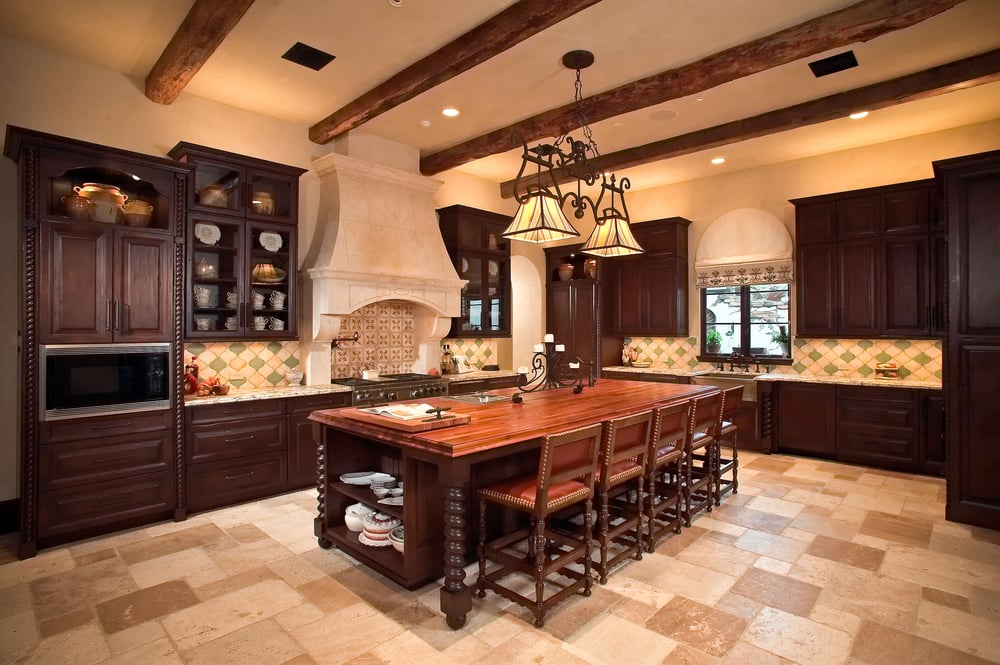
Ready to build the home of your dreams, but don’t know where to start? Download our guide. »
Questions to Ask When Interviewing Designers
- What design services are offered? Not every designer provides the same services. Examples of services include design consultation, site measurement and assessment, design concepts, project management, space planning, and purchasing or procurement.
- How do you decide which projects are a good fit for your firm?
- Who will be working on my project? Some firms take a team approach, others will assign a single team member to your project.
- How much client involvement do you welcome?
- How do you and your team stay organized?
- How do you typically communicate and collaborate with builders and architects?
- Where do you get your inspiration? What are the elements that define your style?
- What do you find the most challenging about designing a home?
- How did you handle a mistake on a previous project?
- How do you prioritize your clients’ budget throughout the project?
When interviewing your final candidates, don’t forget to ask for references. Ideally, you’ll want to talk to a past client, a current client, and a past or current builder partner.
What to Ask References
- How did you like working with this interior designer?
- What would you say were his/her strengths and weaknesses?
- Did you feel heard and understood throughout the process?
- How did the interior designer prioritize your budget?
- Were your questions answered promptly and thoroughly?
- Were there any unanticipated issues and, if so, how were they handled?
- Did your project turn out the way you expected?
Learning about someone else’s experience is one of the best ways to figure out if a candidate is the right interior designer for you.
Selecting the right interior designer is a decision as personal and consequential as choosing your builder and architect. Building the right team upfront will ensure that your future home is all that you have hoped for and more.
With over 30 years in business, we have worked with many talented interior designers throughout the greater Houston area. If you’d like any referrals or guidance on choosing an interior designer, please don’t hesitate to reach out to us. We’re always happy to help!
